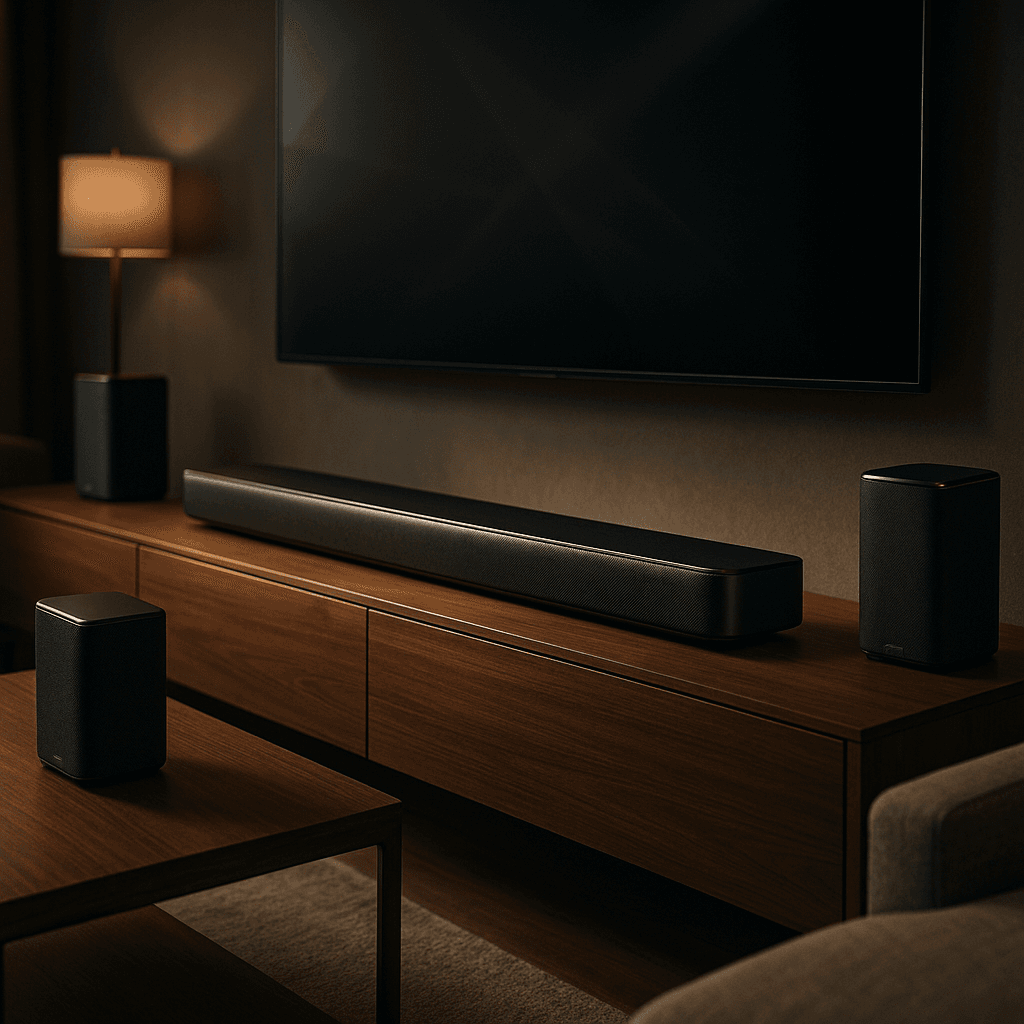After nearly a decade focused on budget models, Yamaha is making a bold return to premium audio with its True X Surround 90A soundbar system. At $3,500, it's one of the priciest soundbar packages available, featuring the first-ever Auro-3D processing in a soundbar and fully wireless portable surround speakers that double as Bluetooth speakers.
Yamaha just fired a massive shot across the premium audio landscape. The company's new True X Surround 90A soundbar system represents its most ambitious home theater play in nearly a decade, signaling a dramatic shift from the budget-focused strategy that's defined its recent trajectory.
The $3,500 price tag immediately puts Yamaha back in direct competition with premium players like Sonos, Sennheiser, and Samsung - brands that have dominated the high-end soundbar market since Yamaha retreated to more accessible pricing in 2015. According to WIRED's hands-on review, the system delivers "massive sound" but comes with notable compromises that raise questions about its premium positioning.
What sets the True X Surround 90A apart isn't just its price - it's the first soundbar to feature Auro-3D processing, a spatial audio technology typically reserved for high-end AV receivers. This represents a significant technical achievement, bringing professional-grade immersive audio processing to the soundbar format for the first time.
The system's most intriguing feature might be its fully wireless surround speakers. Unlike traditional rear channels that need power outlets, these portable units can function independently as Bluetooth speakers when connected to smartphones. It's a hybrid approach that acknowledges how consumers actually use audio equipment in 2025 - sometimes for focused home theater experiences, sometimes for casual music streaming.
Yamaha's two-decade journey in soundbars tells a broader story about the audio industry's evolution. The company dominated premium soundbars for the first 15 years, establishing itself as the go-to choice for audiophiles seeking theater-quality sound without the complexity of separates. But around 2015, market dynamics shifted toward more accessible pricing, and Yamaha pivoted accordingly.
That strategic retreat left room for competitors to establish themselves at the top. Sonos built its ecosystem around seamless multi-room integration, Samsung leveraged its display partnerships for bundled offerings, and maintained its audiophile credibility with precision-tuned acoustic engineering.











